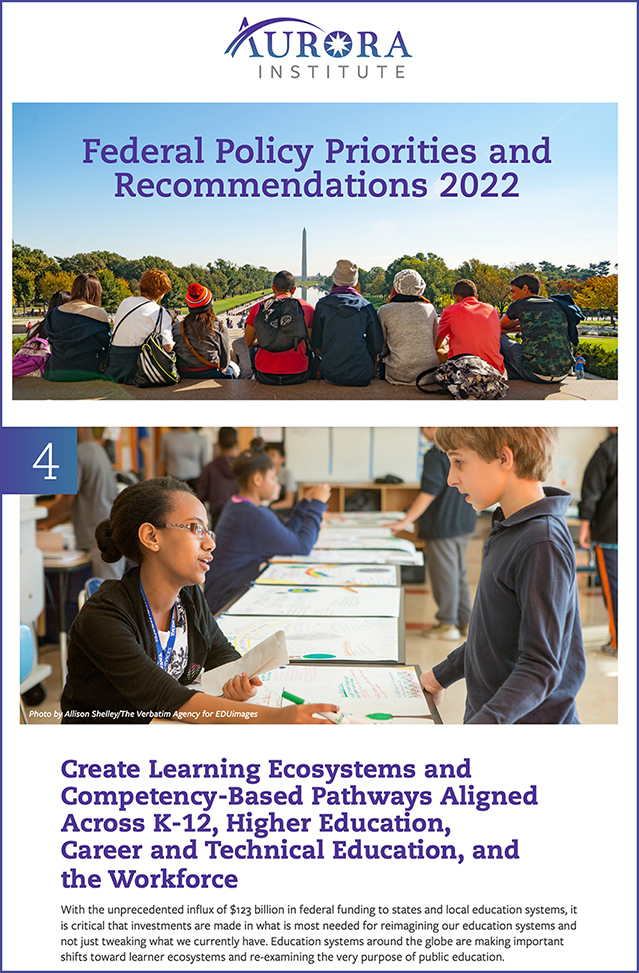L&D Go Beyond Podcast: Bridging the Gap between Learning and Performance, with Charles Jennings — from upsidelearning.com by Gabriella Daniels
Excerpt:
Often, there is a vast gap between learning and performance in many organizations. Given Charles’ experience in the field, here are the key takeaways from this episode:
- Identifying the difference between schooling and learning and the business paradigm and the learning paradigm
- Learning through experience, practice, conversation, and reflection
- Looking at ‘learning for performance’ in a holistic way
- Recognizing the purpose of learning
- Understanding the relevance and application of training
- Uncovering the aspects of 70:20:10 or the performance-based learning methodology
- Determining learning through observation
- Moving from a learning-based culture to a performance-based culture
- Working with stakeholders to define performance metrics
- Conducting a performance analysis before every L&D project
Training with Branching Scenarios — from christytuckerlearning.com by Christy Tucker
You can do live training with branching scenarios using full group discussions, polls, small groups, or assignments.
Excerpt:
How do you use branching scenarios in instructor-led training, rather than self-paced elearning? I think there are a couple of possibilities for doing live training with branching scenarios. These could work for either classroom-based training or vILT (virtual instructor-led training). For example, you can use branching scenarios in training as a full group with discussion or polls, in small groups, or outside of class as a discussion prompt.
Learning Content Maintenance: Don’t Skip This Essential Step — from learningsolutionsmag.com Adam Weisblatt
Excerpt:
L&D departments get bombarded with requests for new content, and they are reward for their responsiveness. As soon as one eLearning module is completed and loaded in the LMS, it is forgotten and the next course in the queue is started. Multiply this by all the organizations that share the LMS. The result is a catalog of thousands of courses that no one has time to look at.
It is important to see this from the perspective of the learner.
Second Career Satisfaction — from learningsolutionsmag.com by Natalie Schoof
Excerpt:
Hey teachers: In case you didn’t realize it, you’re an instructional designer.
I attended a conference (Learning Solutions 2022) where I met two other former teachers, who, like myself, had recently transitioned from the classroom to the field of instructional design (ID). We instantly bonded over our shared experiences—the rewards and challenges of teaching, of course, but also why and how we decided to move on.
Our stories had striking resemblances. I’m sharing mine here in the hopes that it might encourage other would-be instructional designers.










